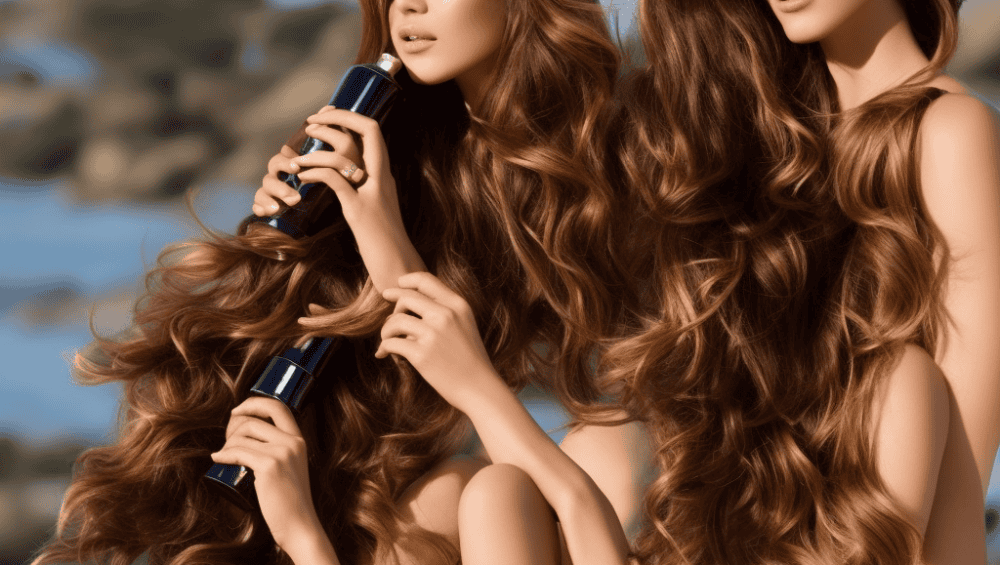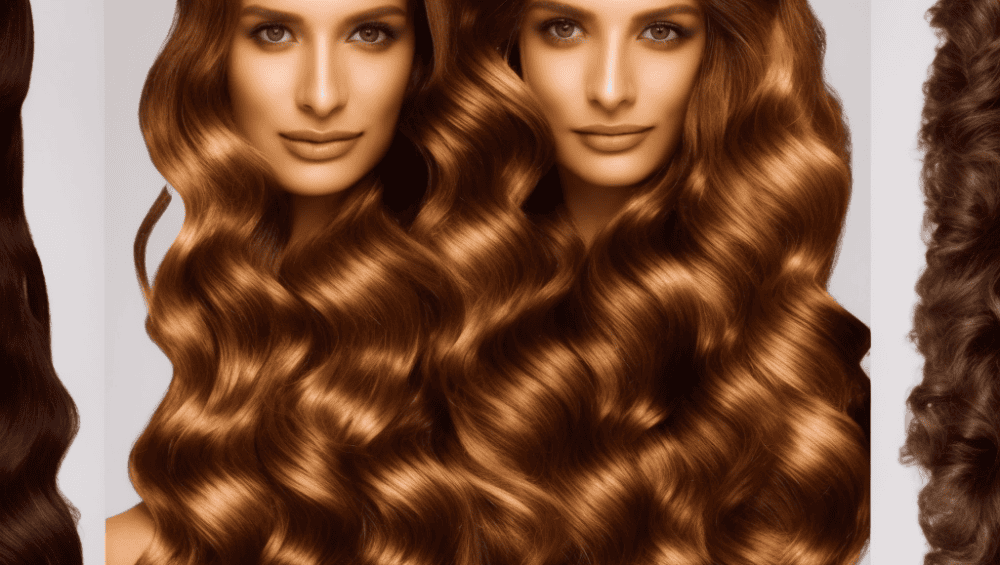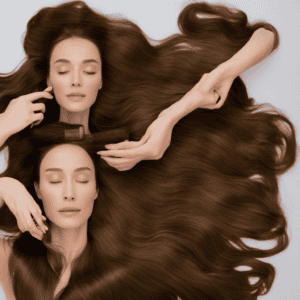You’re tired of dealing with split ends, and you’re not alone! The key to eradicating split ends forever lies in understanding the science behind them. Damaged cuticle layers lead to split ends, and Batana Hair Oil works to nourish and strengthen your hair to overcome this issue. Rich in antioxidants and essential fatty acids, Batana deeply moisturizes and protects your hair, locking in moisture and reducing frizz. By using Batana, you can transform your hair care routine, promoting healthy hair growth and strengthening your hair follicles. Want to know the secrets to achieving silky smooth locks?
The Science Behind Split Ends
As you run your fingers through your hair, you’re likely familiar with the rough, brittle texture of split ends, but have you ever wondered what’s happening beneath the surface to cause these frustrating flaws?
The truth lies in the cuticle layer, the outermost layer of your hair shaft. When the cuticle layer is damaged, it can’t protect the inner layers of your hair, leading to split ends. Hair porosity plays a crucial role in this process.
When your hair has low porosity, it can’t absorb moisture and nutrients properly, causing the cuticle layer to lift and weaken, making it prone to splitting. On the other hand, high porosity hair can absorb too much moisture, causing the cuticle layer to swell and weaken, leading to split ends as well.
Understanding the science behind split ends is key to finding an effective solution. By addressing the underlying causes of split ends, you can take the first step towards achieving healthy, vibrant hair.
How Batana Hair Oil Works
By nourishing your hair with Batana Hair Oil, you’re giving your locks the ultimate TLC they need to overcome split ends and thrive.
This nourishment is crucial because split ends can disrupt your hair growth cycles, causing breakage and slowing down growth.
Batana Hair Oil works by deeply penetrating your hair shaft, thanks to its exceptional oil absorption rates. This allows the oil to target the root cause of split ends, repairing and restoring your hair from the inside out.
As the oil absorbs, it strengthens your hair’s natural barrier, protecting it from further damage and breakage.
With continued use, you’ll notice a significant reduction in split ends, and your hair will start to grow stronger and healthier.
Nourishing Ingredients for Hair
Rich in antioxidants and essential fatty acids, the nourishing ingredients in Batana Hair Oil deeply moisturize and protect your hair, giving you a strong foundation for growth and repair. These potent ingredients work in harmony to lock in moisture, strengthen your hair, and shield it from environmental stressors.
As you massage the oil into your scalp, the blend of hair vitamins and nutrients penetrates the hair shaft, revitalizing and rejuvenating your locks. Unlike hair serums that only coat the surface, Batana Hair Oil’s nourishing ingredients absorb deeply, fortifying your hair from the inside out.
This intense nourishment helps to repair damaged cuticles, reduce frizz, and enhance shine. With regular use, you’ll notice a significant improvement in your hair’s overall health, strength, and appearance. By harnessing the power of these nourishing ingredients, you’ll be on your way to saying goodbye to split ends and hello to luscious, healthy-looking hair.
The Benefits of Using Batana
Using Batana Hair Oil regularly can transform your hair care routine, helping you achieve the long, luscious locks you’ve always desired. With its powerful blend of nourishing ingredients, Batana Hair Oil promotes healthy hair growth, strengthens your hair follicles, and repairs damaged hair strands. As you use Batana Hair Oil consistently, you’ll notice an improvement in your hair’s texture, shine, and manageability.
Batana Hair Oil’s unique formula penetrates deep into your hair shaft, providing intense moisturizing and nutrition to each strand. This leads to faster hair growth, reduced breakage, and a significant decrease in split ends. By repairing and protecting your hair from within, Batana Hair Oil helps you achieve a fuller, thicker, and more vibrant head of hair. With continued use, you can say goodbye to dry, brittle hair and hello to a luscious, silky mane that turns heads.
Before and After Results
As you start to incorporate Batana Hair Oil into your hair care routine, you’ll begin to notice a dramatic difference in the health and appearance of your hair, and the before and after results will be nothing short of astonishing. You’ll be amazed at how quickly your hair transforms from dull and brittle to vibrant and silky. The split ends that once plagued your locks will start to disappear, replaced by a luscious, healthy shine.
The dramatic improvements won’t stop there. You’ll notice your hair growing stronger and longer, with a noticeable reduction in breakage and frizz. Your hair will start to hold styles better, and you’ll find yourself receiving countless compliments on your newfound hair transformation. The before and after results speak for themselves – Batana Hair Oil is the key to unlocking the hair of your dreams. With continued use, you can say goodbye to bad hair days and hello to a life of luscious, vibrant locks.
Tips for Maximizing Results
To get the most out of Batana Hair Oil, you’ll want to establish a consistent routine, incorporating the oil into your daily hair care regimen to maximize its nourishing benefits. This means using the oil at the same time every day, whether it’s before bed or after washing your hair. Consistency is key to seeing optimal results.
When it comes to your hair care routine, it’s essential to consider your hair type differences. If you have dry or damaged hair, you may want to use a generous amount of oil to provide extra nourishment. On the other hand, if you have oily hair, start with a small amount and adjust as needed. It’s also crucial to focus on the ends of your hair, where split ends tend to occur, and work your way up to the roots.
Common Hair Care Mistakes
You’re probably guilty of some common hair care mistakes that prevent your locks from reaching their full potential. One of the most common mistakes is over washing your hair. You might think that washing your hair daily keeps it clean, but it actually strips your hair of its natural oils, leading to dryness and damage. Try reducing your washing frequency to every other day or every two days to give your hair a break.
Another mistake you might be making is heat styling addiction. You love the sleek, smooth look that comes with using heat styling tools, but excessive heat can cause damage and split ends. Try reducing your heat styling frequency or using a heat protectant spray to minimize damage. Additionally, try to limit your use of heat styling tools to once or twice a week.
Unlocking Silky Smooth Locks
By incorporating the right hair care products into your routine, you can transform your tresses from dull and brittle to silky smooth locks that turn heads. With Batana Hair Oil, you’re not just treating your hair, you’re giving it the ultimate hair pampering experience. This luxurious oil deeply nourishes your hair, leaving it feeling soft, supple, and utterly serene.
As you massage the oil into your scalp, you’ll feel your hair relaxing, letting go of all the stress and tension that’s been weighing it down. The result is hair serenity – a state of calm, peaceful bliss that radiates from the inside out. Your locks will thank you, and so will everyone who lays eyes on you.
Imagine running your fingers through silky smooth strands, feeling the gentle glide of healthy hair. That’s what you can expect with Batana Hair Oil. It’s time to unlock the silky smooth locks you’ve always dreamed of, and experience the transformative power of hair pampering like never before.
Conclusion
You’ve got the power to eradicate split ends forever!
With Batana Hair Oil, you can say goodbye to frizz and hello to silky smooth locks.
By nourishing your hair with the right ingredients and avoiding common hair care mistakes, you can unlock the secret to beautiful, healthy-looking hair.
Remember to use Batana consistently and maximize its benefits by following the tips outlined above.
With patience and dedication, you’ll be flaunting your gorgeous, split-end-free hair in no time!















